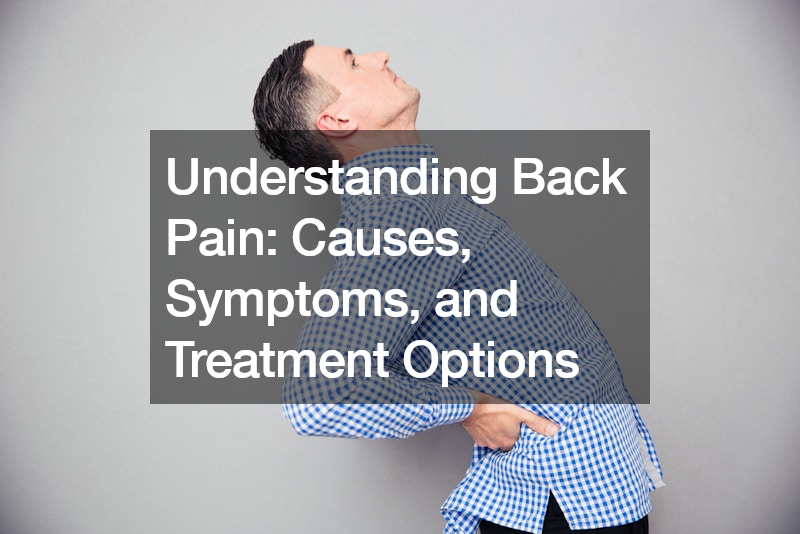
Back pain is a common ailment affecting millions worldwide. From dull aches to sharp pains, back discomfort can vary in intensity and duration, often hindering mobility and causing distress. This blog post will explore its causes, symptoms, and various treatment options available.
Anatomy of the Spine
Understanding the structure of the spine is crucial in comprehending back pain. The spine is divided into several regions, including the cervical (neck), thoracic (upper middle back), lumbar (lower back), and sacral (tailbone) regions.
Each segment plays a vital role in supporting the body and facilitating movement. For instance, the cervical spine supports the weight of the head and protects the spinal cord, while the lumbar spine carries the majority of the body’s weight.
Types of Back Pain
Back pain can manifest in different forms, depending on the affected area of the spine. Neck pain, also known as cervical pain, is characterized by discomfort in the neck region. Upper middle back pain typically occurs in the thoracic spine and may be associated with poor posture or muscle strain. Lower back pain, the most common type, affects the lumbar spine and can result from various factors, including injury, arthritis, or degenerative disc disease. Additionally, coccydynia, or tailbone pain, refers to discomfort in the sacral region, often caused by trauma or prolonged sitting.
Common Causes of Back Pain
Numerous factors can contribute to back pain, ranging from physical injuries to underlying health conditions. Muscle strains or ligament sprains, often caused by heavy lifting or sudden movements, are common culprits. Furthermore, conditions such as arthritis, osteoporosis, and herniated discs can lead to chronic back pain. Poor posture, lack of exercise, and obesity are also significant risk factors associated with back pain.
Symptoms of Back Pain
The symptoms of back pain can vary widely from person to person. Some individuals may experience a dull, persistent ache, while others may feel sharp, shooting pains. Back pain may worsen with certain movements, such as bending, lifting, or standing for extended periods. In some cases, the pain may radiate down the legs, causing numbness or tingling sensations.
Diagnosis and Treatment
Proper diagnosis is essential for effectively managing back pain. A healthcare professional will typically conduct a physical examination and inquire about the patient’s symptoms and medical history. Imaging tests, such as X-rays, MRI scans, or CT scans, may be recommended to identify underlying issues like herniated discs or spinal abnormalities. Blood tests can help rule out infections or other systemic conditions.
Treatment for back pain varies depending on the severity and underlying cause. For acute pain, over-the-counter pain relievers, muscle relaxants, and topical treatments may provide back pain relief. Physical therapy, exercise programs, and alternative therapies are often recommended to strengthen the muscles supporting the spine and improve flexibility. In some cases, more invasive treatments, such as epidural injections or surgery, may be necessary, especially for chronic or severe back pain.
Prevention
While not all instances of back pain can be prevented, there are steps you can take to reduce your risk. Maintaining a healthy weight, practicing good posture, and engaging in regular exercise can help strengthen the muscles and support the spine. Avoiding activities that strain the back and using proper lifting techniques are also essential in preventing injuries.
In Closing
Understanding the causes, symptoms, and treatment options for back pain is essential for effectively managing this common condition. By taking proactive measures to maintain spinal health and seeking prompt medical attention when needed, you can alleviate discomfort and improve your quality of life.
.


